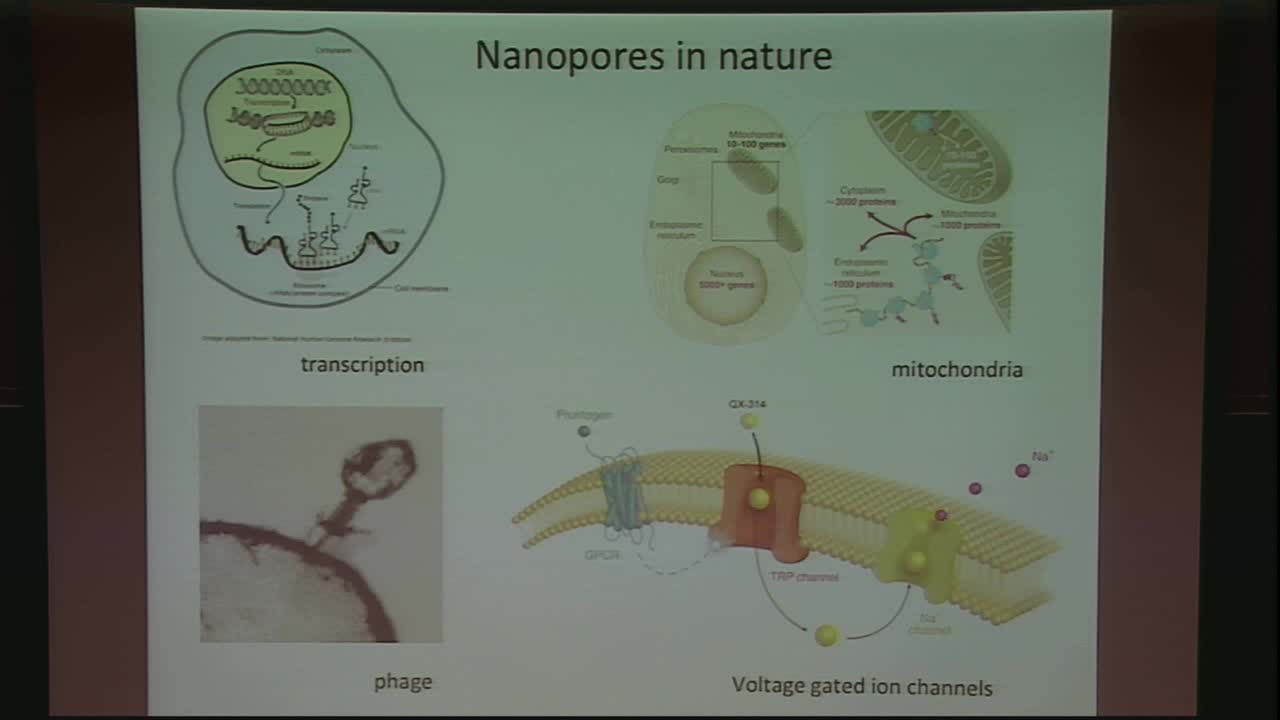Twenty years of Resistive Pulse experiments: What do we understand?
Presenter
March 15, 2018
Keywords:
- nanopore, resistive pulse, DNA, electrophoresis
Abstract
In 1996 Kasianowicz et al. [PNAS vol 93, pp 13770-13773] reported a remarkable experiment. They created a synthetic version of a nanopore using molecular self-assembly on lipid bilayer of a bacterial exotoxin (alpha-hemolysin). The creation of the nanopore was signalled by the passage of an ion current that could be detected with a patch clamp amplifier. When negatively charged DNA is added to the reservoir on one side of the bilayer, the ion current is interrupted momentarily every time a single DNA molecule translocates the pore. The ion current trace carries information about the characteristics of the molecule that can be inferred provided one understands the physics of the pore-molecule interaction. In this talk I would like to describe the subsequent evolution of such “Restive Pulse” experiments and the progress made in understanding the physics of the underlying process.
